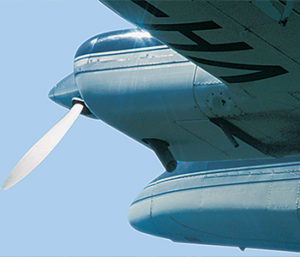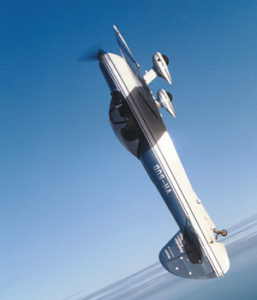Decisions, Decisions
Where do I begin to study to become a pilot?
It may seem daunting when both the practical and theoretical aspects of learning to fly are considered; However, if you approach the training step by step it is relatively straightforward. You may study separately from the practical lessons or you may combine both. Please ask the flying school or college that will conduct or arrange your training. They will advise on a programme and the reference texts that they prefer. If you decide to self-study the following guide to our webstores (printed and digital) may assist.
Welcome to the Aviation Theory Centre
If you are certain of the title you need, please go directly to the store and place your order. In the header titles ‘STORE;’ refers to the printed bookstore. Our books are also available in digital form (for both platforms and on-line) by ordering through the ‘DIGITAL STORE’. If you are uncertain of which titles you need, please read the following:
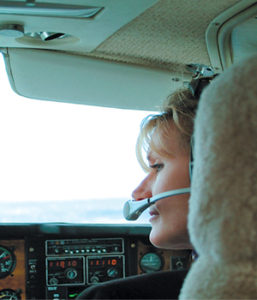 If you are an absolute newcomer to flying or wish to buy a gift for a young enthusiast, the first book to which they will refer, is titled, ‘Basic Aeronautical Knowledge’ commonly called, ‘BAK’.
If you are an absolute newcomer to flying or wish to buy a gift for a young enthusiast, the first book to which they will refer, is titled, ‘Basic Aeronautical Knowledge’ commonly called, ‘BAK’.
This contains the study material for the first theory examination. This exam is associated with the Recreational Pilot Licence (the entry-level licence for a pilot).
We also suggest you consider ‘Flight Radio for Pilots’ as this is an important part of the basic practical and theoretical knowledge for a pilot.
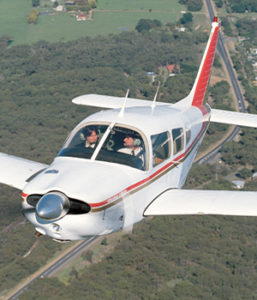 If you are beginning study and also starting flying lessons, then we would suggest the ‘Flying Training Manual’ and you will need a Pilot’s Log Book. We have prepared a package called the ‘Student Pilot Kit’ (SPK) which contains all four of the above titles.
If you are beginning study and also starting flying lessons, then we would suggest the ‘Flying Training Manual’ and you will need a Pilot’s Log Book. We have prepared a package called the ‘Student Pilot Kit’ (SPK) which contains all four of the above titles.
The SPK makes an excellent gift for a youngster (or an oldster!) who is about to start.
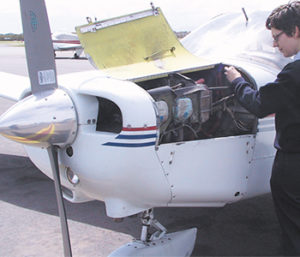 If you are starting a course which will lead to the Commercial Pilots Licence (CPL) – via the Private Pilots Licence (PPL) then the next kit is for you. It is called the, ‘PPL/CPL Kit’.
If you are starting a course which will lead to the Commercial Pilots Licence (CPL) – via the Private Pilots Licence (PPL) then the next kit is for you. It is called the, ‘PPL/CPL Kit’.
Alternatively, the printed books may be purchased individually as/and when, required. Adventurous pilots may later add a ‘Rating’ to their licence as below.
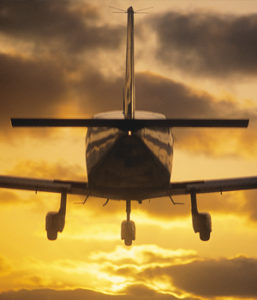 This book prepares you for night VFR flight which is actually flown with reference to the instruments although some navigational tasks can be undertakes by visual reference to the lights and reflections on the ground. This book explains the techniques.
This book prepares you for night VFR flight which is actually flown with reference to the instruments although some navigational tasks can be undertakes by visual reference to the lights and reflections on the ground. This book explains the techniques.
More advanced pilots then look towards the Instrument Rating – the keystone of professional flying. We have prepared the following self-titled book, accordingly.
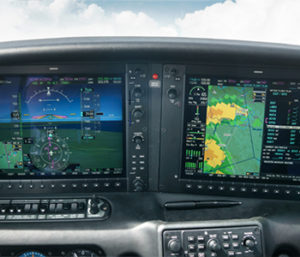 The mark of the professional pilot is the ability to fly day and night and in all forms of tolerable weather.
The mark of the professional pilot is the ability to fly day and night and in all forms of tolerable weather.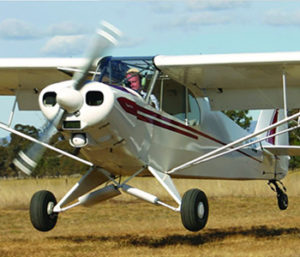 There are traditional and agricultural aircraft that have a tailwheel configuration rather than a nose-wheel. There are specific take-off and landing techniques for these types of aircraft.
There are traditional and agricultural aircraft that have a tailwheel configuration rather than a nose-wheel. There are specific take-off and landing techniques for these types of aircraft.
The title, ‘Three Points’, refers to a landing technique which slows the aircraft on landing until all three wheels touch the ground simultaneously (the best way!).
For friends who might be a little wary of flying we have prepared a booklet which explains the whys and wherefores of modern airline operations. It is called appropriately, ‘In Safe Hands’ and should dissolve most unknowns.
For career pilots we offer books at the Airline Transport Pilot (ATP) level.
For pilots who have qualified but have become a little rusty regarding the procedures and regulations, we offer annual pocketbooks:
• the Visual Flight Guide (VFG) for visual pilots; and
• the Instrument Flight Guide (IFG) for instrument pilots.
The aviation industry is very volatile with respect to regulations and procedures – and these days with the rapid advancement of technology. We have had major and ongoing re-structuring of pilot licensing with the introduction of CASR 1998 Part 61, amendments to the AIP and the introduction of Graphical Area Forecasts by the Bureau of Meteorology.
We try to keep up with these changes by issuing new editions of our books but inevitably some changes occur at a time when it is impossible or uneconomical to reprint the books. We have therefore developed two techniques for informing our customers about operational and administrative changes in between reprints. These are by means of Notices to ATC Customers (NOTACS) and free downloadable PDFs (ADDENDA) – both from our website.
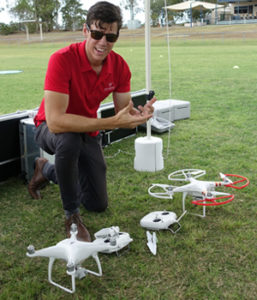 The title refers not to pilots from remote areas, but pilots who are in control of an aircraft but are remote from the aircraft, i.e. not on board the aircraft. This covers Remotely Piloted Aircraft (RPA) – also called, Unmanned Aerial Vehicles (UAV) and more popularly, ‘drones’.
The title refers not to pilots from remote areas, but pilots who are in control of an aircraft but are remote from the aircraft, i.e. not on board the aircraft. This covers Remotely Piloted Aircraft (RPA) – also called, Unmanned Aerial Vehicles (UAV) and more popularly, ‘drones’.
We have prepared a guide to the CASA regulations for private and commercial operations titled, ‘Remote Pilots Guide’ (RPG) which is currently under review – and are preparing a comprehensive training manual – both in association with a major training organisation, ‘Remote Aviation’.
The release of these new editions will be announced on our website.
